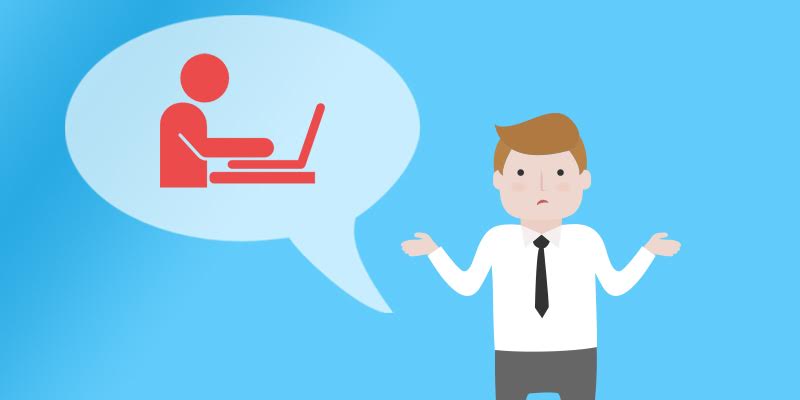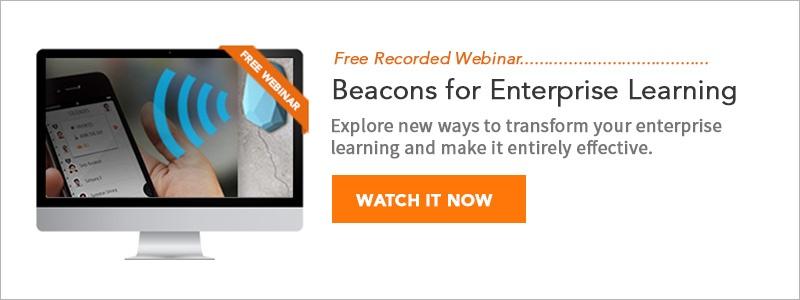
We worked in training as consultants, providers, enablers and consumers over many years. We learned many “truths” about training in military instructor school, graduate school, professional development and our periodicals. We used them in our training design and delivery.
Challenging the assumptions is proving to be an interesting and sometimes amusing exercise. We all sometimes fall victim to myths and misinformation, but many of the errors we discovered appear to be common in the industry.
We Remember X% of Training Depending on the Method

The most interesting example we found is the widespread notion that we retain a particular part of what we learn depending on how the knowledge is delivered to us.
Raise your hand if you have seen the diagram above or something like it.
Everybody know this, right?
The numbers are bogus. The diagram is most often associated Edgar Dale's Cone of Experience. He intended it as a theoretical model to visualize the impact of various audio-visual techniques. He did no research and cautioned against taking it literally. (Thalheimer, Will. "Mythical Retention Data & The Corrupted Cone" Willatwork.com. November 24, 2015. Accessed December 4, 2015.)
Why does this happen?

Thinking about how myths like this come to help us understand how many statistical myths grow. The reason comes from the numbers principle in marketing and public speaking.
People trust numbers. They will attach much more credibility to a number than words. People who want to persuade will often quote numbers or statistics without doing any research beyond “somebody else said it.” Someone with a bright idea long ago attached percentages to the levels in an attempt to impress.
Will Thalheimer copied the original from Edgar Dale’s book. No numbers, ratios, or any other indication of value exist in the diagram. In spite of academia’s to debunk them, percentages became part of the body of professional knowledge. It’s even used in graduate schools, as we saw in a recent example where a school principal with a new Ph.D. trained her teachers on what the percentages mean.
Learning Style Matters
Different learning styles do exist, but there is no valid research to suggest that teaching to styles results in better retention. In practical application, trying to anticipate the preferred learning style is difficult, and if you are teaching to a group, you can have a mix of many styles. (Ferro, Shaunacy. "Everything You've Ever Been Told About How You Learn Is a Lie." Popular Science. September 12, 2013. Accessed December 4, 2015.)
"… to think about style isn't necessarily harmful, it's what you do with that information...I think it's quite useful to think about differences and maybe I could try teaching this in a different way in my classroom and see if my students are more interested or invigorated."
-Elizabeth Peterson, senior lecturer in psychology, University of Auckland, quoted in Ferro, Shaunacy. "Everything You've Ever Been Told About How You Learn Is a Lie."
Left Brain, Right Brain
The hemispheres of the brain are not separate entities. They work together. Much like the learning styles myth, the left/right brain idea leads training developers to target groups of like people as having a single way of learning.
What works best is a multi-channel approach, using audio, visual and kinetic learning methods in combination. (Atabaki, Artin, Stacy Deitsch, and Julia M. Sperling. "How to Separate Learning Myths from Reality." McKinsey Quarterly. 2015.)
Your Best Learning Time is Childhood
The brain develops rapidly in childhood. It slows down later, but it doesn’t stop. Experience shapes our brains, and the new science of neuroplasticity shows us experience shapes both the brain’s structure and its organization. More experiences create more connections to make sense of what people learn (Atabaki).
Mozart Makes You Smarter
Music, poetry, classical literature, and many other things had their turn at trying to make us more intelligent. Memorizing poetry helps you memorize poetry. There is no evidence it helps you learn better. Now, cognitive training on computers is the new thing, but the effect appears to be limited to what you train on. Our experience with cognitive training games is that playing the games makes you better at playing them, but the skill doesn’t transfer.
The problem with the research is that it is hard to design a valid study.
“Quantifying the effect of brain training on actual cognitive ability requires a more-difficult-than-usual study design. That's because it's really hard to figure out a way to have a control group in a brain training experiment that doesn't know it is the control group.” (Ferro)
You Use 20% of Your Brain
The myth of the idle brain comes from flaws in early brain scan technology. Newer technology shows us that when we are working on a task we engage our entire brain, but certain areas may be more active than others.
We also find that multitasking doesn’t work. Checking emails and other tasks engage large parts of working memory and crowd out learning. “In short, multitasking and learning cannot occur effectively at the same time.” (Atabaki)
Conclusion
Perhaps we would be better served by paying more attention to valid research and designing training methods and delivery with a multi-channel approach. Let’s let our learners tell us what works for them. Experience is a better guide than myth.
Atabaki, Artin, Stacy Deitsch, and Julia M. Sperling. "How to Separate Learning Myths from Reality." McKinsey Quarterly. 2015. Accessed December 4, 2015.
Ferro, Shaunacy. "Everything You've Ever Been Told About How You Learn Is A Lie." Popular Science. September 12, 2013. Accessed December 4, 2015.
PhenomᵉCloud is a full-service technology company dedicated to helping clients solve business problems, improve the capability of their people, and achieve better results.



Leave a Comment